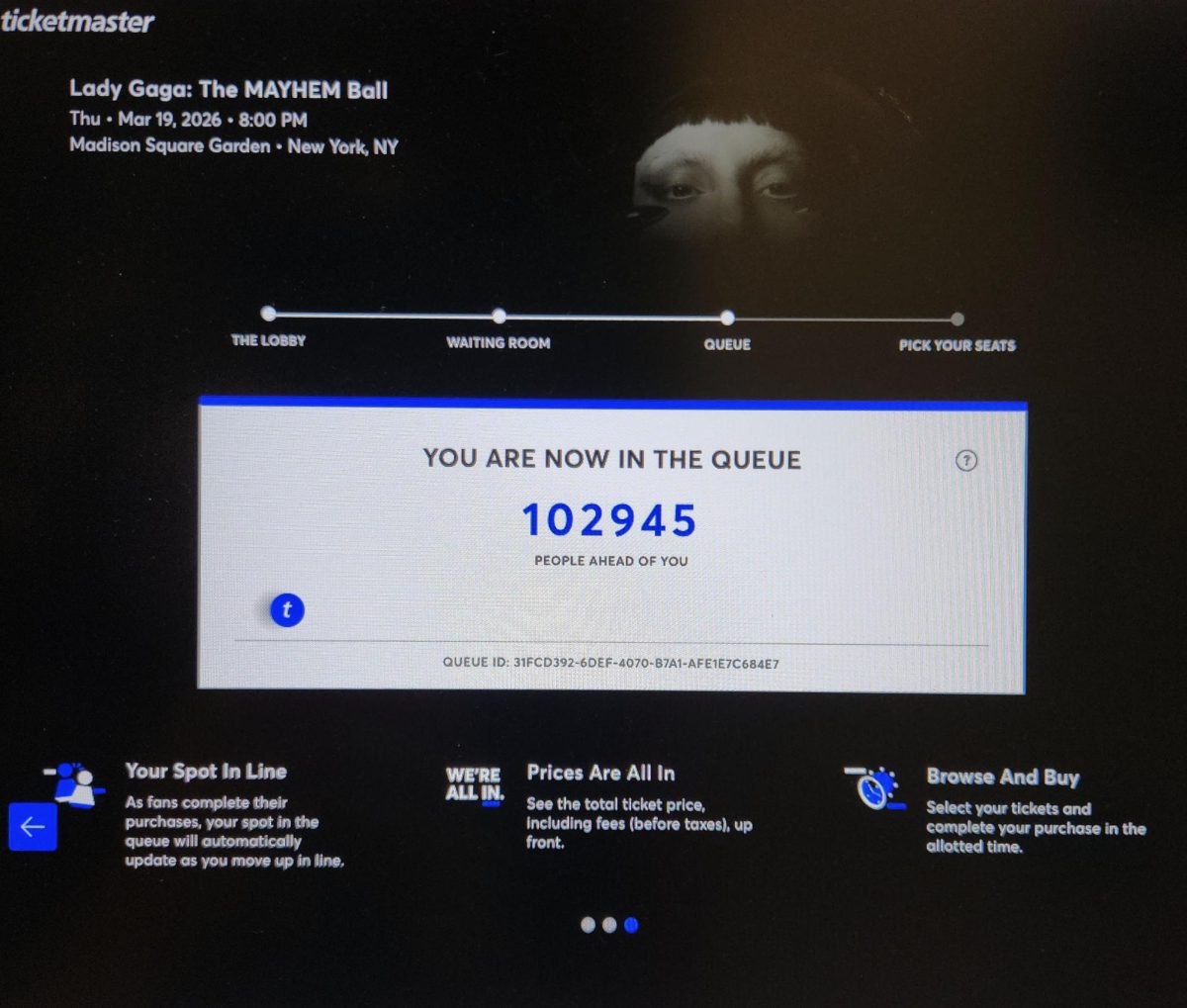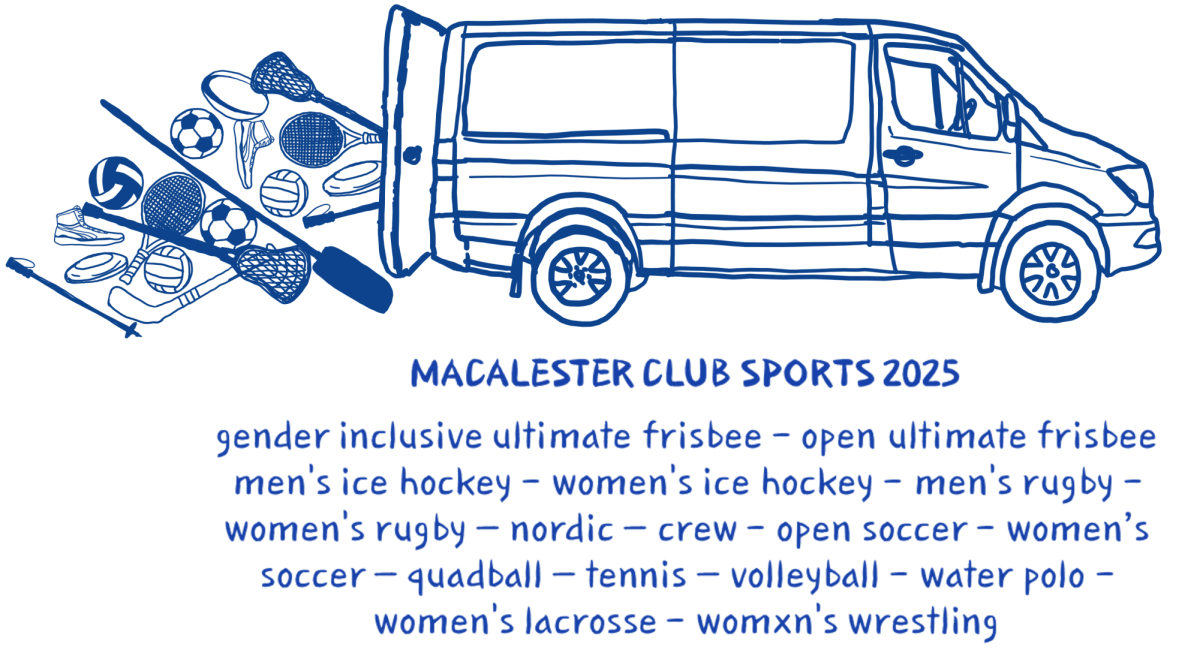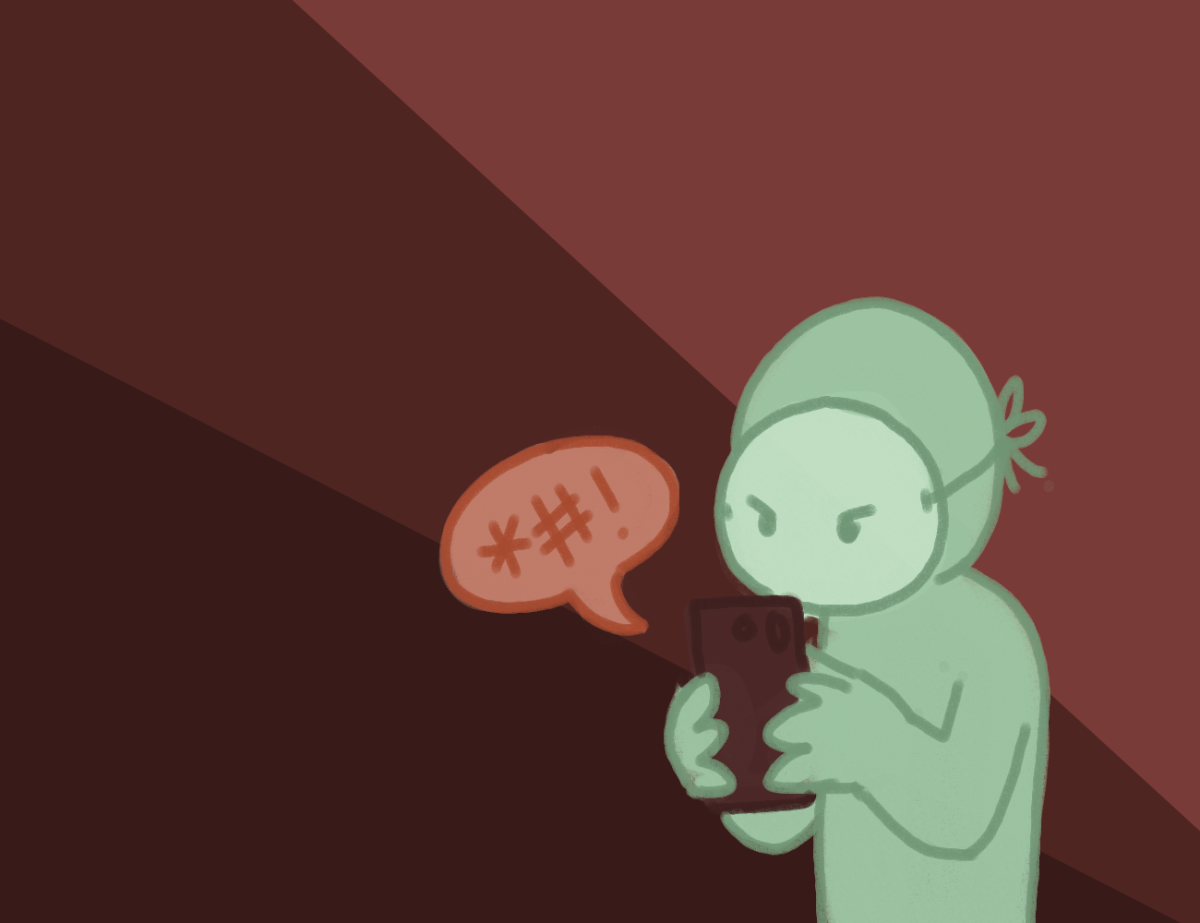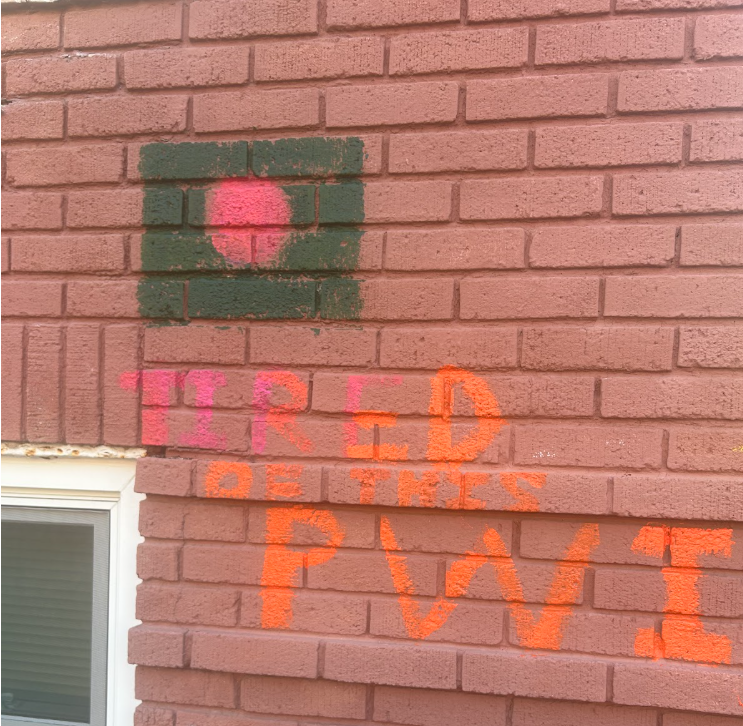Ah, Minnesota, such a wonderful, welcoming state. For some people. After reading Jolena Zabel’s piece in last week’s Mac Weekly, I was compelled to respond about the concept of “Minnesota Nice”. I was particularly struck by Jolena’s evaluation of the so-called “history” of niceness in Minnesota: white people brought it. In her article, she stated, “Over a century ago, Scandinavian immigrants from Sweden, Norway and Denmark came to Minnesota. They brought with them egalitarian values, contentment, polite friendliness and a dislike of conflict. Over the years these have become cultural values for many Minnesotans, part of a kind of social contract.” In my time, I would like to provide an alternative explanation for why Minnesotans are nice and point to some instances when these content white immigrants were, in fact, not so nice.
One could just as easily spin an article about how it originated from Dakota, Ojibwe and Ho-Chunk people, who had egalitarian values, contentment and a dislike of conflict — until, of course, they were defending their families and homelands against violent colonists. Somehow, throughout colonization and after surviving attempted genocide, American Indians are still welcoming, humble people. Even today, American Indians are known for their sense of humor (there are books written about it). Like they say, you have to laugh to keep from crying. My point with this example is not to debate why people are nice but simply that Minnesota niceness should not be automatically attributed to white people. Minnesota “cultural values” should not just be a code word for “white histories.”
Minnesotan immigrants’ so-called “dislike of conflict” did not translate well to the indigenous people already living here. As I am sure readers are well aware, Minnesota, and the entire United States, has an extremely violent history. One prominent event in Minnesota history was the Dakota War and the subsequent mass execution of 40 Dakota men. During the war in the 1860s, thousands of Dakota prisoners were held in a concentration camp at Fort Snelling, just a few miles from campus. Ironically, Fort Snelling is also the site of the Dakota creation story. Famously, Governor Alexander Ramsey, a white man of immigrant descent (like all white men in the U.S.), called for the extermination of the Dakota people. Tragically, after the war, almost all Dakota people in Minnesota were forced out of Minnesota.
While the Dakota War may seem like something of the distant past, the effects of colonialism and racial violence are still felt by people of color today. Recently, WalletHub ranked Minnesota as the worst state for income inequality. According to the Minnesota Budget Project, about eight percent of whites in Minnesota lived below the poverty line, compared to about 37 percent of blacks, 18 percent of Asians, 24 percent of Latin@s, and a striking 40 percent of Native Americans. Similarly, people of color in Minnesota have higher rates of incarceration, lower rates of homeownership, lower educational achievement rates, and have less access to vital resources like health care. These “egalitarian values” only apply to some people, it seems.
It is extremely ironic to me that a state known for its “niceness” would also be a state with some of the worst racial disparities. Yes, Minnesota can be a wonderful state filled with kind people. But “niceness” — of a person or place — is often defined by its proximity to whiteness. And let’s face it, Minnesota is pretty white: white people make 79 percent of the population in the Twin Cities, and about 86 percent of the total population of the state. To attribute niceness to Minnesota’s happy European colonists and immigrants silences indigenous and non-white histories within the state. So next time you’re waving at a stranger, or pausing awkwardly on a corner deciding who has right of way, please remember:
-
White does not equal nice, and nice does not equal white.
-
Indigenous people were here first, so they were the first people to ever be nice in Minnesota.
-
Minnesota is actually a not so nice place for people of color to live historically or now, so consider becoming an advocate for racial justice in your community.
Author’s note: I (Abaki Beck ’15) was a member and chair of Proud Indigenous People for Education during my time at Macalester.







Wanda Mills • Sep 12, 2019 at 5:24 am
some truly nice and useful info on this website , besides I believe the style and design contains superb features.
Charles Bond • Sep 10, 2019 at 10:41 pm
You made a number of nice points there. I did a search on the theme and found the majority of folks will consent with your blog.
Sue North • Sep 8, 2019 at 2:37 pm
Having read this I believed it was really informative. I appreciate you spending some time and effort to put this informative article together. I once again find myself personally spending a significant amount of time both reading and posting comments. But so what, it was still worth it!